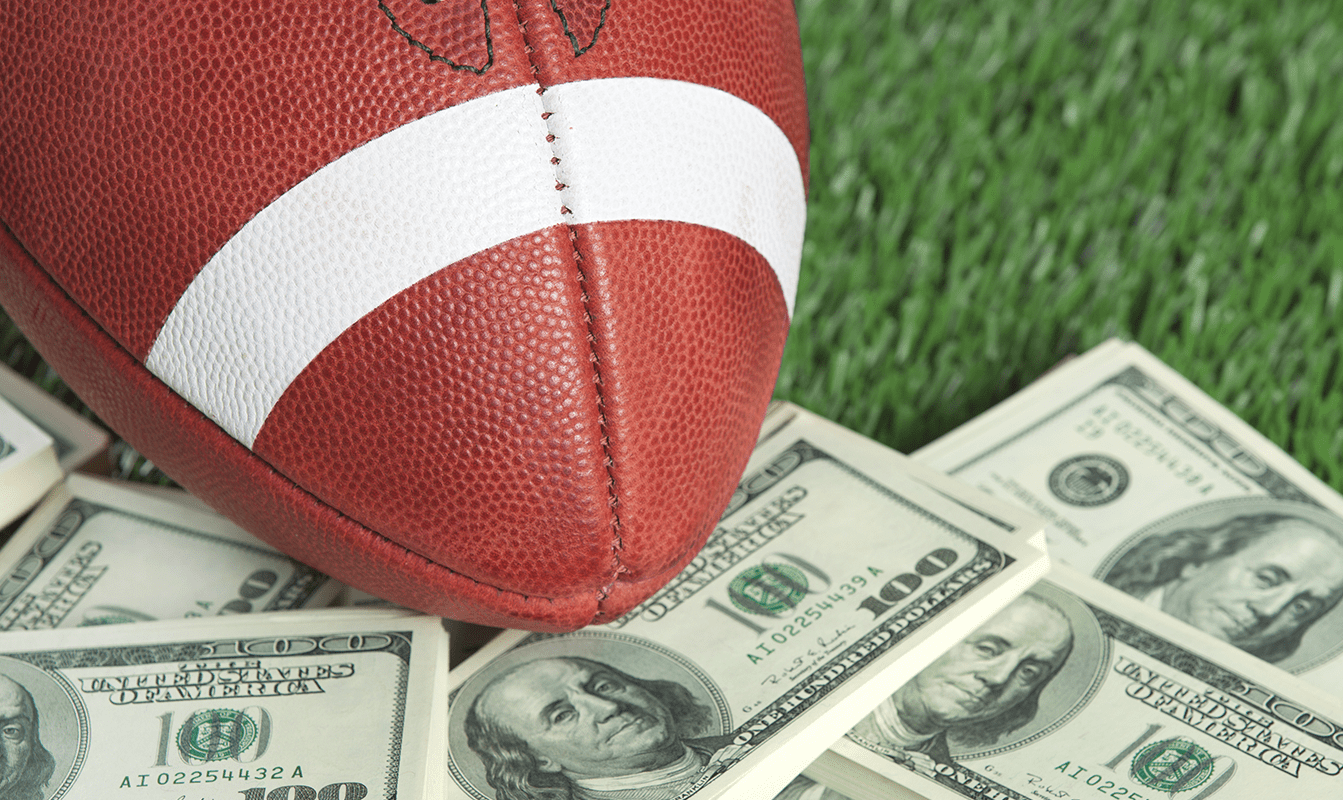In light of today’s memo release from NLRB General Counsel Jennifer Abruzzo on the employee status of players at academic institutions, we have put together a high-level analysis of the subject along with insights and recommendations from resident experts at Legend Labs.
To summarize, Abruzzo issued a memorandum to all Field offices providing updated guidance regarding her position that certain Players at Academic Institutions (sometimes referred to as student-athletes), are employees under the National Labor Relations Act, and, as such, are afforded all statutory protections. This announcement is an about-face for the NLRB, which reversed a regional office’s decision in 2015 regarding football players at Northwestern that would have allowed them to form a collective bargaining unit. Effectively, the NLRB punted on the question of whether these athletes were employees. But that stance seems to have now changed.
While influencer mentions were relatively low, the story did pick up traction from several national news outlets. The original post by the NLRB is up to 868 engagements, with a CBS Sports article coming in second with 345. The general consensus is that this is a landmark announcement that could lead to a flurry of lawsuits brought against private universities and, eventually, public institutions.
With that in mind, here are some high-level thoughts/observations from our team:
- The memo does not offer much clarity for public schools and raises questions as to whether private schools (e.g. Northwestern, Stanford, USC, etc.) need to start writing checks to players
- Even though FBS football dominates this topic, small private schools that sponsor men’s basketball (e.g. Gonzaga, Villanova, Marquette) should be on high alert
- Public schools should also be wary, especially those who have athletic departments operating as affiliates to the University (e.g. University of Texas, University of Texas A&M)
- It is unclear whether we have any indication that this extends beyond Division 1 FBS institutions
- Expect activists like Ramogi Huma to be supplying student-athletes with messaging similar to the “We Are United” push we saw last year. This could happen as soon as this weekend with boycotts and Twitter campaigns
- We still don’t know what the courts are going to say about this – this memorandum is not the “final word”
- Awareness is the key for now – keep an eye on story developments to maintain a proactive approach and be prepared with push-button responses or statements
CBS Sports: College athletes at private schools are employees who can unionize, NLRB general counsel says
- The position taken by top NLRB attorney Jennifer Abruzzo could dramatically change the relationship between college athletes at private institutions and their universities as athletes will be subject to labor protections even if they do not form a collective bargaining unit.
- A U.S Supreme Court ruling also increased the scope of how athletes could be compensated by colleges for educational purposes.
Forbes: National Labor Relations Board Classifies Athletes At Private Colleges As Employees, Opening Door To Unionization
- College athletes at private institutions should be classified as employees entitled to statutory projections, the National Labor Relations Board announced Wednesday in a move that could open the door for unionization.
ESPN: National Labor Relations Board: College football players at private schools can unionize
- The freedom to engage in far-reaching and lucrative business enterprises makes players at academic institutions much more similar to professional athletes who are employed by a team to play a sport, while simultaneously pursuing business ventures to capitalize on their fame and increase their income.” the memo said.
- The nine-page NLRB memo revisited a case involving Northwestern football players who were thwarted from forming a union when the board in 2015 said “taking their side would not promote stability in labor relations.”
- The five-member NLRB oversees the business relationship between private entities and employees and does not have jurisdiction over athletes at public schools, which make up the large majority of the NCAA’s top football division
CNBC: Some college athletes are employees, federal agency says—here’s what that means
- For decades, college athletes have been prohibited from unionizing or making money as professionals, raising concerns from athletes such as LeBron James and politicians for example: Bernie Sanders that these policies can limit, or even take advantage of, student-athletes.
- Chris Murphy and Bernie Sanders introduced a bill earlier this year that would allow college athletes to form unions within athletic conferences.
- ESPN estimates that top-tier NCAA athletes could earn between $500,000-$1 million per year in sponsorships and the National Bureau of Economic Research estimates that if the top starts were compensated similarly to professionals it would assure them a roughly 50% share of league revenue, many would receive millions
Pete Thamel on Twitter:
“Spoke to a lot of smart people around college athletics about this today. Many of them are still sorting through what it could mean, especially public/private dynamics. One smart person summed it up this way. ‘I think it will prove to be a very big deal, but not necessarily in the obvious way. It’ll trigger a final resolution for this issue, probably legislatively.’”
Updated 02/10/2022:
The National College Players Association filed charges with the National Labor Relations Board yesterday claiming unfair labor practices against UCLA, USC, the Pac-12 Conference, and the NCAA with the goal of getting the NLRB to fully rule that Division 1 football, MBB, and WBB are employees deserving of “fair-market compensation.” The move indicates another step in pressuring the NCAA to broker a collective bargaining agreement with student-athletes.
While specific schools, conferences, and sports are named in the charges, the suit has wide-ranging implications for all D1 college athletics programs.
It seems unlikely that this is the final tune sang for expanding pay-for-play, rather it is one more development that foreshadows a potentially complex eventuality.

